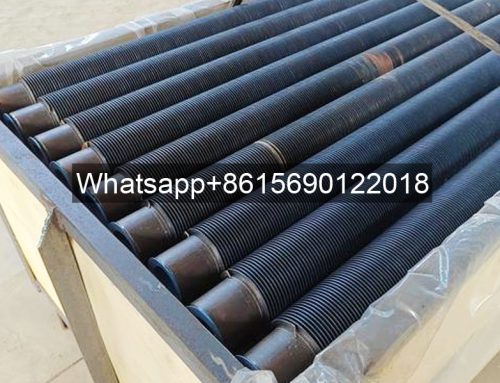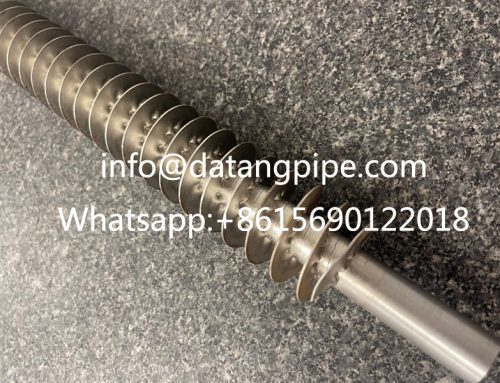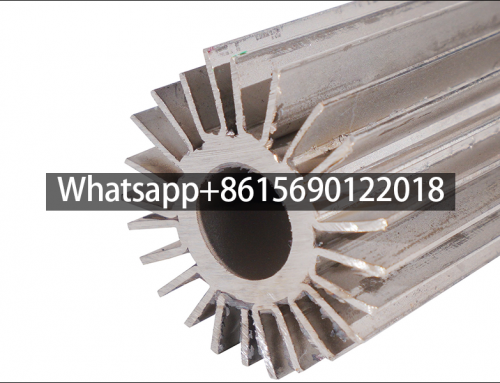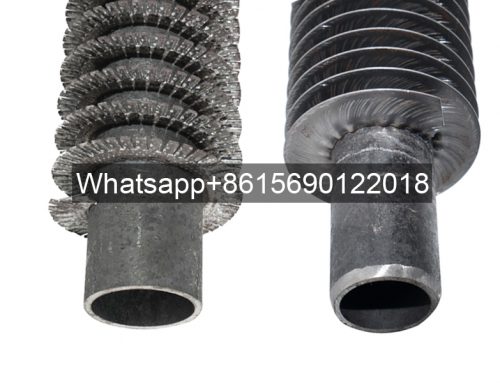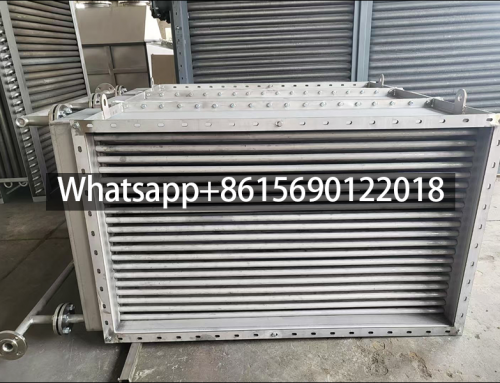What is The Manufacturing Process of Embedded Fin Tube G Fins?
The manufacturing process for embedded finned tubes (G-fins)
1. Structural characteristics of embedded fin tube G fin
Embedded fin tube G fin consists of a base tube and fins embedded in the base tube. The base tube is usually made of metal materials such as steel tube and copper tube, which has good thermal conductivity and pressure resistance. The fins can be made of metal materials such as aluminum and copper, and embedded in the base tube through a specific process, which greatly increases the heat exchange area and improves the heat exchange efficiency.
The structural characteristics of the embedded fin tube give it the following advantages:
Efficient heat exchange: The increase in fins greatly increases the heat exchange area, so that more heat can be transferred per unit time, improving the heat exchange efficiency.
Compact structure: The embedded fin tube has a compact structure and occupies a small space, which is suitable for occasions with limited space.
Strong corrosion resistance: The appropriate base tube and fin materials can be selected according to different use environments, which improves corrosion resistance and extends service life.
Low pressure loss: Reasonable fin design and layout can reduce the resistance of fluid flow and reduce pressure loss.
2. Manufacturing process steps of embedded fin tube G fin
Base tube preparation
Select appropriate base tube material and determine the size and shape of the base tube according to design requirements.
Surface treatment of the base tube to remove impurities such as oil and rust to ensure the cleanliness of the base tube surface.
Check the quality of the base tube to ensure that the base tube has no defects such as cracks and sand holes.
Fin production
Select appropriate fin material and determine the size and shape of the fin according to design requirements.
Fins are made by stamping, cutting and other processes to ensure the dimensional accuracy and surface quality of the fins.
Surface treatment of the fins, such as galvanizing and aluminum plating, improves the corrosion resistance of the fins.
Embedded fin tube G fin embedding process
Currently commonly used embedding processes include expansion, welding and mechanical connection.
Expansion is to expand the fins onto the base tube using a tube expander, and the connection is achieved through the interference fit between the fins and the base tube. The expansion process is simple and low cost, but the connection strength is relatively low.
Welding is to connect the fins and the base tube by welding. The connection strength is high and the sealing is good, but the welding process is relatively complex and the technical requirements for the operator are high.
Mechanical connection is to fix the fins to the base tube through mechanical connectors such as bolts and rivets. The connection strength is high and it is easy to disassemble and repair, but it will increase a certain amount of pressure loss.
Quality inspection
Perform an appearance inspection on the embedded fin tube to check whether the connection between the fin and the base tube is firm and whether there are defects such as damage and deformation on the surface.
Pressure test
Perform a pressure test to test the pressure resistance and sealing of the embedded fin tube.
Perform a heat transfer performance test to measure parameters such as the heat transfer efficiency and pressure loss of the embedded fin tube to
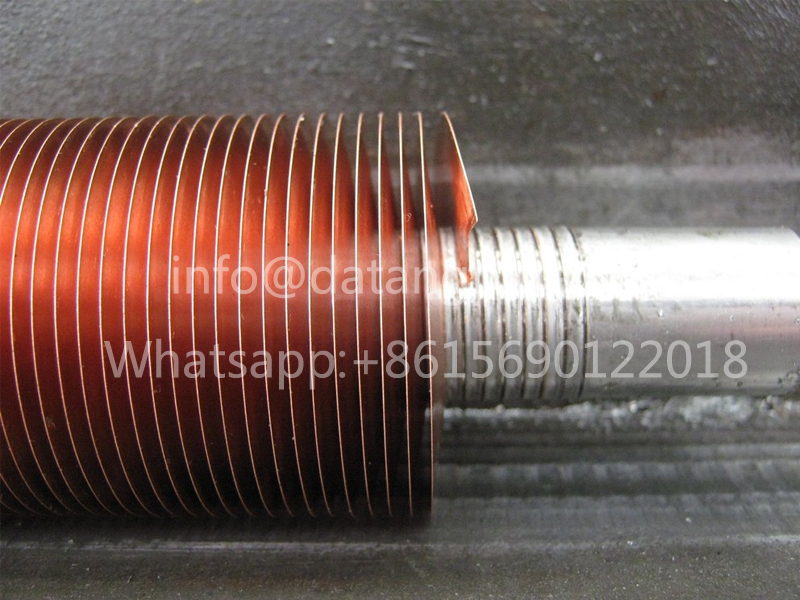
Embedded Finned Tube copper fin with stainless bare tube g type fin tube-steel fin tube manufacturers from Datang
ensure that it meets the design requirements.
3. Key technologies and difficulties in the manufacturing process of embedded fin tube G fin
Connection strength between fin and base tube
The connection strength between fin and base tube directly affects the service life and heat transfer performance of the embedded fin tube. When selecting the embedding process, factors such as connection strength, sealing, and process complexity need to be considered to ensure that the connection between the fin and the base tube is firm and reliable.
Shape and layout design of embedded fin tube fins
Reasonable fin shape and layout design can improve heat exchange efficiency and reduce pressure loss. It is necessary to optimize the design according to different heat exchange media and use conditions to achieve the best heat exchange effect.
Precision control of manufacturing process
The manufacturing process of embedded fin tube G fins requires high precision control, especially the dimensional accuracy of the fins and the accuracy of the embedded position. Advanced manufacturing equipment and process control methods are required to ensure that the manufacturing accuracy meets the design requirements.

Embedded fin tube,G fins,G fin tube for heat exchang manufacturerer-Datang Fin Tube
Datang fin tube product’s specification outside diameter from 18 mm to 273 mm finned tube, The process includes high-frequency welded fin tubes, extruded fin tubes, L / L L / K L fin tubes, G -type Embedded fin tubes, low fin tubes, inner fin tubes, elliptical fin tubes, longitudinal fin tube,H type fin tube, the annual capacity can reach 100,000 tons.
We have professional engineer support, high efficiency sales team and competitive price superiority.
Our R & D department provides the strong technical support and enables us to receive some, O D M projects, and can provide you with drawings, design plans and thermal calculations, service has exceeded more than 3000 enterprises.
If you need finned tubes, contact us! Email:info@datangpipe.com,Whatsapp:+86 15690122018


